Network Analysis for C-SPAN Video Research

Jeremy Foote
Brian Lamb School of Communication


The Plan
- What is Social Network Analysis?
- What C-SPAN data could be used for network analysis?
- Hypothetical project
- Other ideas
What is Social Network Analysis?
Method(s) + theory(ies) built around the idea that who we are connected to is often more important than who we are.

Social Network Analysis can predict behavior
When people will like each other
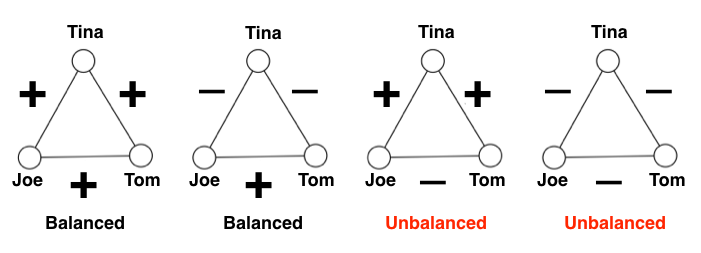
Social Network Analysis can predict beliefs
Through social influence, our beliefs become similar to our friends
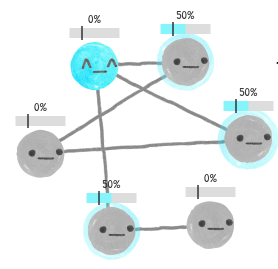
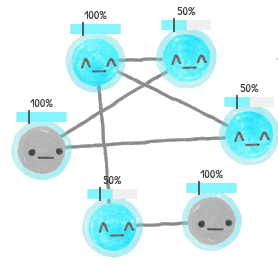
SNA can also be used to identify the powerful / influential
Those with high “centrality” spread ideas, get promoted, etc.
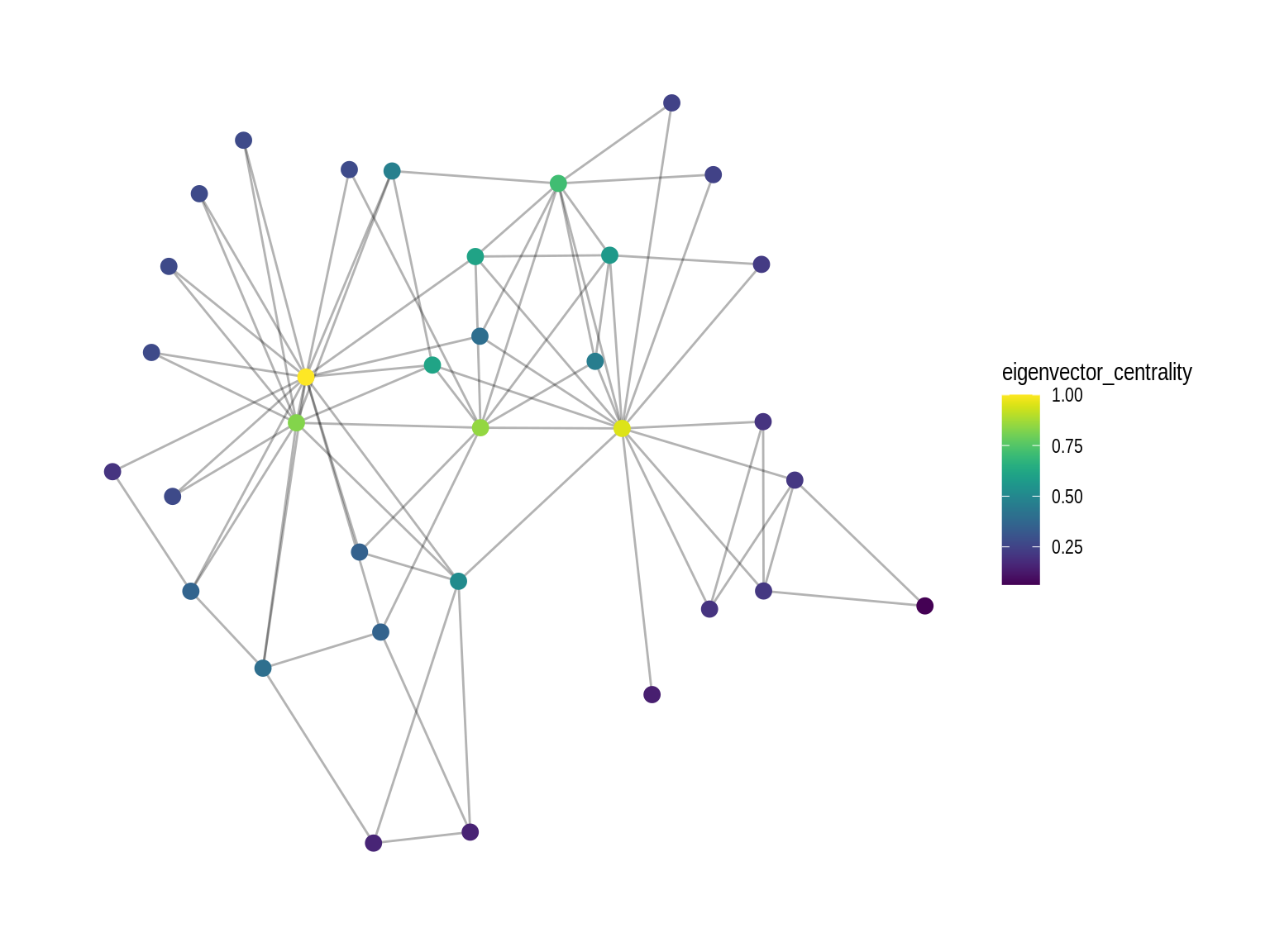
Using the C-SPAN Archive as Network Data
Example Project: Influential Senators
- Goal: Identify which politicians are central to the discussions about a topic
- Steps:
- Identifying hearings about a topic
- Gather data about which senators participated in which hearings
- Create a senator-to-hearing network
- Identify senators with the highest centrality
The C-SPAN Archives API
- An Application Programming Interface (API) lets programmers get information from a server
- The C-SPAN Archives offers a number of “interfaces” to get information about:
- Bills
- People
- Programs
- Including searching for words or phrases that appear in programs
Step 1: Identifying hearings about a topic
- Using the search API, look for programs that include the term “climate”
{
"cursor": "VYAwzo4YQW9JRlFNdVRmd0dOTUNFbU5UazJNVGc0Cg",
"programs": [
{
"id": 604225,
"title": "Global U.S. Climate Change Policy and Strategy",
"description": "Two subcommittees of the Senate Foreign Affairs Committee held a joint hearing on examining the United States global climate change policy and strategy.",
"date": "2021-10-21T14:02:58Z",
"videoLink": "https://www.c-span.org/program/ID/604225"
},
{
"id": 609420,
"title": "House Select Climate Crisis Hearing on Climate Change",
"description": "A Louisiana local government official and other climate advocates testified at a House Select Committee on Climate Crisis hearing on ways the federal government can address climate change through adaptation and mitigation efforts. Topics included federal funding for communities most at risk from extreme weather events, proactive approaches to address climate change, and following scientific research.",
"date": "2022-03-09T14:30:01Z",
"videoLink": "https://www.c-span.org/program/ID/609420"
},
Step 2: Identify people involved
- For each program, look up who participated*
{
"id": 604225,
"publicId": "515495-1",
"title": "Global U.S. Climate Change Policy and Strategy",
"description": "Two subcommittees of the Senate Foreign Affairs Committee held a joint hearing on examining the United States global climate change policy and strategy.",
"participants": [{"name": "Mitt Romney, Senator", "id": 37242}, {"name": "Christopher Coons", "id": 532728}]
"imagePath": "Files/ada/20211021102340012_hd.jpg",
"date": "2021-10-21T04:00:00Z",
"videoLink": "https://www.c-span.org/video/?515495-1/global-us-climate-change-policy-strategy",
"videoDuration": 6216
}
Step 3: Build a Senator to hearing network
Create an “edgelist” of hearings and senators
- For each person who was at a hearing, create an edge from them to the hearing
Global U.S. Climate Change Policy and Strategy, Mitt Romney Global U.S. Climate Change Policy and Strategy, Christopher Coons ...
Visualizing the network
Data might look something like this
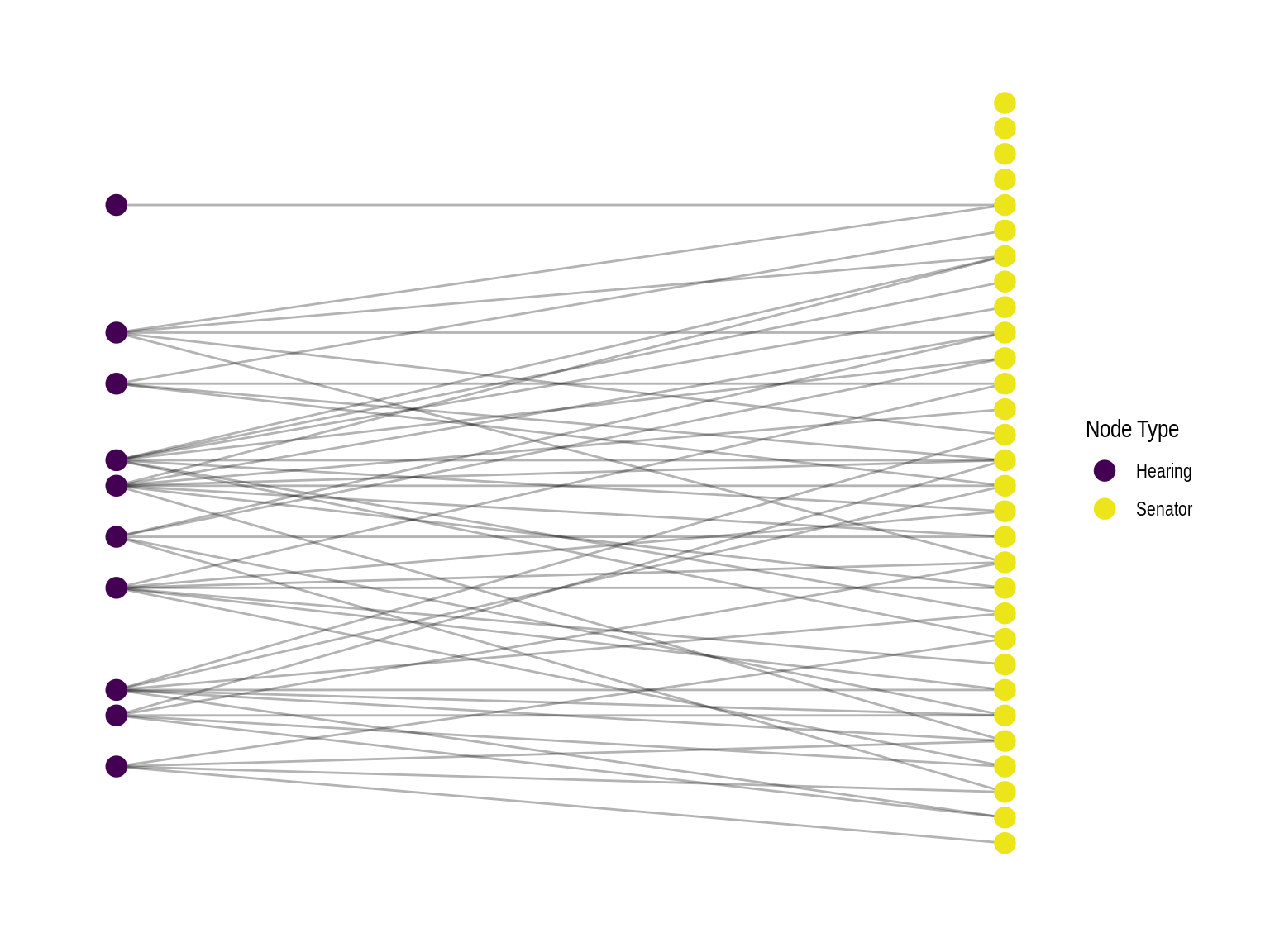
Identifying influential Senators on a topic
- We ‘project’ the bipartite network to a one-mode network.
- An edge between two senators means they attended at least one hearing together
(Hypothetical) Influential Senators
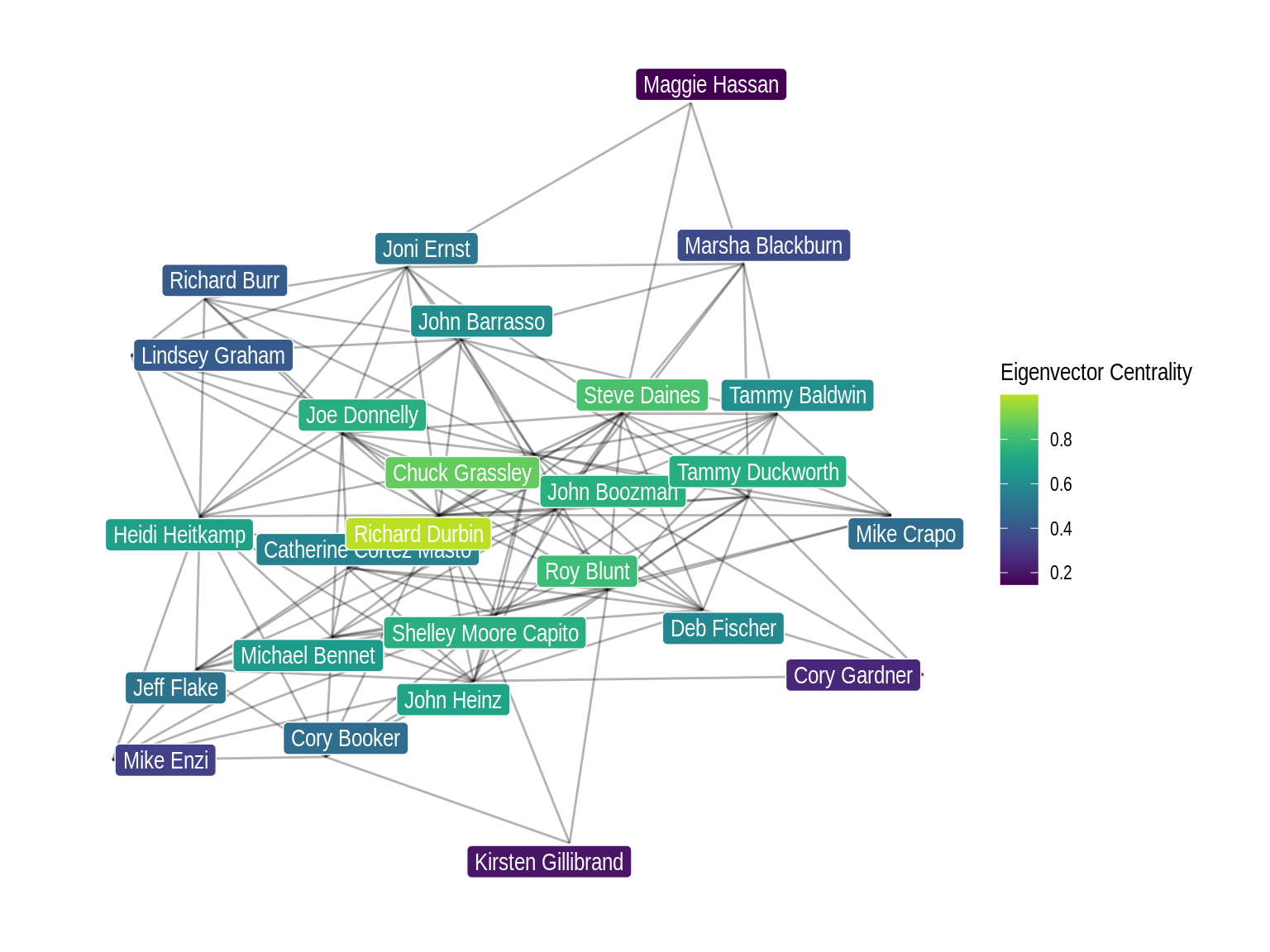
Many other opportunities for network approaches
- Community detection
- Combining text and networks
- E.g., words used by each group
- Comparing features of different groups
- Use networks to predict what bills get passed
Thanks!
Let’s continue these conversations:
@jeremy@hci.social
Social Network Analysis can predict behavior
When people are likely to become friends